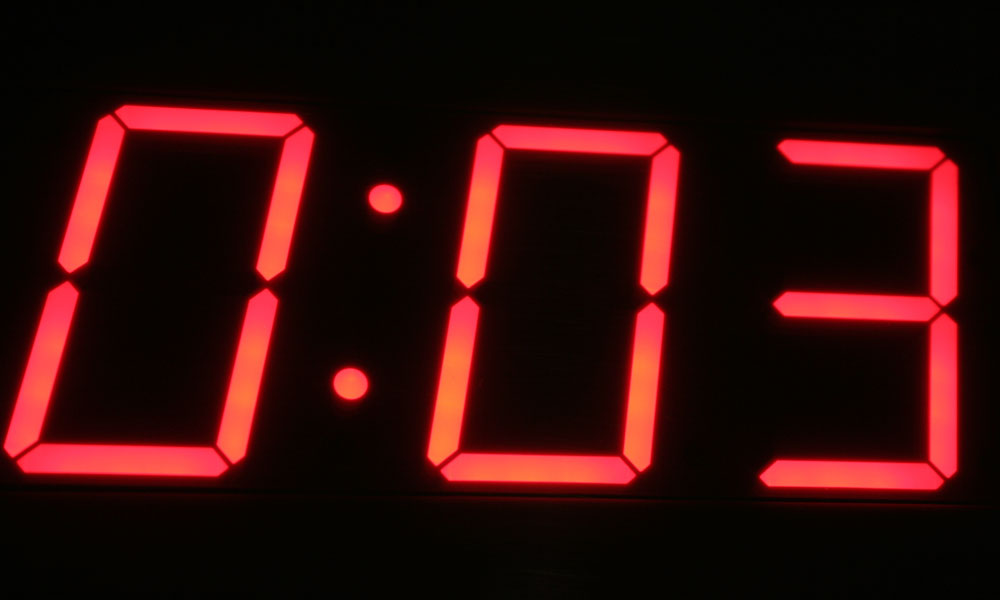
Just A Second: How the Futures Industry Association Prepared for the Leap Second
As the Earth’s rotation continues slowing down, keepers of the network of atomic clocks will add a so-called leap second every so often. The Futures Industry Association made recommendations to help the global marketplaces prepare for these events moving forward.
If last week felt just a tiny bit longer that’s because it actually was. While to most of us, it probably drug out ahead of the July 4 holiday weekend, the extra time was, in fact, felt on Tuesday, June 30, at around 8 p.m. Eastern Daylight Time.
That’s when time literally stopped for an instant while the world experienced a leap second. The story behind the leap second—the last occurred in 2012, and there have now been 26 seconds added to the atomic clock since 1972—involves the Earth slowing down and a lot of science. And leap seconds will continue at an increasing rate into the future, according to scientists.
All of that is cause for concern in a number of industries where calculations, transactions, and other digital maneuvering is reliant on precision timekeeping—think Y2K disruption stories every year or so instead of once every century.
The Futures Industry Association, a trade group of banks and brokerage firms, was on top of the issue and helped prepare the financial industry for this event, and those in subsequent years, in a number of ways. For starters, FIA’s Market Technology Division released a set of recommendations for firms to use as they prepared for the leap second. The group also hosted webinars and other events that offered training on how to handle the occurrence.
“During the 2012 leap second event, several systems—including airline systems and internet servers—encountered issues based on differences in preparedness and implementation, mainly because most computer systems are not prepared to handle a timestamp of 23:59:60,” FIA said in a statement. “Leading up to the 2015 leap second event, there was concern within the financial industry that similar issues could lead to a disruption to trading operations across exchanges, clearinghouses, brokers, investors and key service providers.”
What made the 2015 leap second event different from the 2012 event, FIA explained, is that it was scheduled to occur during active trading hours—the first time that happened since 1997—and with markets operating in an environment with electronic and automated trading systems that rely heavily on accurate timekeeping. As a result, some markets published plans to delay the opening of trading, while others said they would operate normally and adjust their clocks either before or after the leap second.
“This is really an industry issue,” Brian Adams, vice president of FIA’s Market Technology Division, told The Wall Street Journal. “It’s now up to us to really understand how this is going to impact our world, so we all need to be prepared.”
(iStock/Thinkstock)






Comments